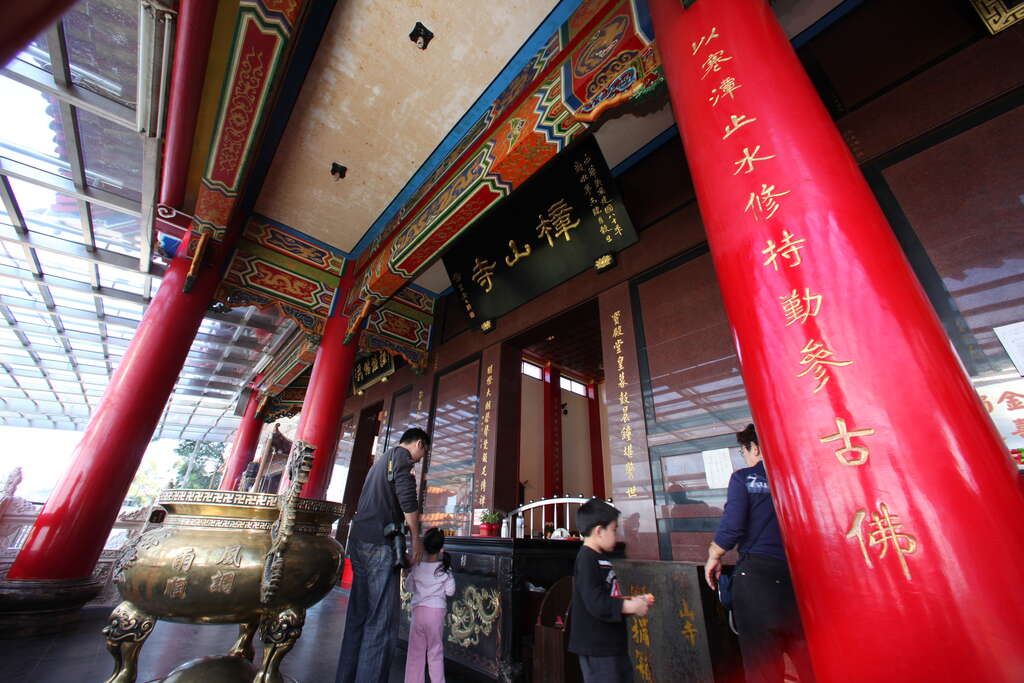Zhangshan Temple Introduction
Built in 1931, Zhangshan Temple has a simple yet solid appearance, and it enshrines Guanyin Bodhisattva. According to legend, in the early years of the Republic of China, a resident living near Zhanghu accidentally discovered a stone statue resembling Guanyin. He sincerely worshipped it, and as his prayers were answered, the number of devotees increased significantly. Consequently, the temple was constructed with funding from the believers and has undergone several renovations to achieve its current appearance. The temple is situated at a high altitude, and the spacious square in front offers an excellent vantage point to overlook Taipei City. Nearby, there are three hiking trails that attract hikers and temple-goers during holidays, making it the most famous temple in the Muzha tea area. Besides the Zhinan Temple, Zhangshan Temple is the most renowned temple in the Erge Mountain range. With a superb view of the Taipei basin, it frequently attracts hiking tourists who stop to enjoy the scenery. Additionally, the surrounding tea gardens are abundant, catering to tea-tasting visitors, and it has become an important recreational spot for the public. Centered around Zhangshan Temple, there are three radiating trails leading to other leisure spots, including the Feilong Mountain Trail (towards National Chengchi University’s Huanshan Road), the Zhangshan Temple to Zhinan Elementary School section, and the Jiuchian Temple Trail. All three trails start and end at Zhangshan Temple Square. The feature of the Feilong Trail is the continuous stones along the middle of the entire trail, which resemble a dinosaur’s spine when viewed from a distance, hence its name. The trail connecting to Zhinan Elementary School (No. 2, Alley 34, Section 3, Zhinan Road) is lined with Tieguanyin tea gardens, and after finishing the trail, one is enveloped in the fragrance of tea. The Jiuchian Temple Trail is steeper, but along the way, in front of Fude Temple, there is a century-old banyan tree with intertwined roots forming unique tree galls, creating a fascinating sight.




















